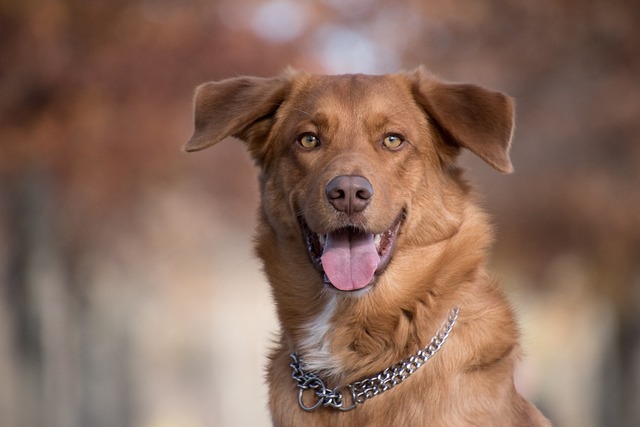
How to prevent dogs from engaging in aggressive behavior towards humans
When a gentle dog suddenly bares its teeth at a passerby or emits a warning growl when a family member approaches,
When you reach out to add food to the dog that is eating, you are suddenly warned by its baring of teeth and growling; or when a family member accidentally approaches the food bowl, the dog immediately takes a defensive posture. At that moment, worry and confusion well up in your heart. Food guarding in dogs is a problem that many pet owners encounter. This behavior may not only pose a danger but also affect the intimate relationship between the owner and the dog. To correct the dog's food guarding behavior, we need to first deeply understand the root cause behind this behavior, and then gradually guide the dog to change in a way that combines science and warmth.
From the perspective of the dog's nature, food guarding is an instinct evolved during survival in the wild. In nature, food resources are limited. To ensure their survival, the dog's ancestors had to guard the hard-won food and prevent it from being snatched by other animals. This instinct is deeply ingrained in the dog's genes. Even when most dogs live in a worry-free family environment, when they face food, this primitive protective instinct may still be triggered. Especially for those dogs that have experienced hunger, being a stray, or competing for food in an environment where multiple dogs live together, the food guarding behavior may be more serious. For example, the stray dog Xiaobai, who had been foraging on the street for a long time before being adopted, often fought with other stray animals for food. When it first arrived at its new home, as long as someone approached its food bowl, it would bark fiercely.
In addition to its nature, a dog's food guarding may also be related to its psychological state and living environment. Dogs lacking a sense of security are more likely to regard food as a precious resource and guard it desperately. If, during the dog's puppyhood, the owner often casually takes away its food, or frequently changes the food bowl or the feeding location, it may make the dog feel insecure, thus strengthening the food guarding behavior. In addition, some owners tease the dog excessively while it is eating, or the children at home disturb the dog when it is eating without knowing the proper boundaries, which can also make the dog feel that its food is threatened, and thus adopt a defensive posture of food guarding.
After understanding the reasons for the dog's food guarding, we can gradually correct this behavior through scientific methods. First of all, it is crucial to establish the owner's leadership position. In the dog's perception, there is a clear hierarchical relationship in the group. Only when the dog recognizes you as the "leader" will it be more willing to follow your instructions and reduce excessive protection of food. In daily life, the owner can establish the leadership position through some simple behaviors. For example, when going out, let yourself go first, and allow the dog to enter after you come in; before feeding the dog, make it sit quietly and wait until the owner gives the command to eat. Through these subtle actions, let the dog understand that you have the right to distribute resources.
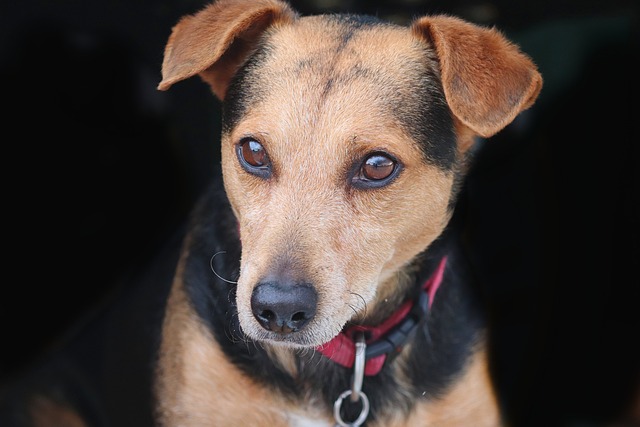
Desensitization training is an effective way to correct the dog's food guarding behavior. When the dog is eating, the owner can first quietly observe from a distance to ensure that the dog is in a relaxed state. Then, slowly approach it, but do not directly reach out to touch the food bowl. Instead, drop a few delicious snacks when there is still a certain distance from the food bowl. Repeat this process to gradually get the dog used to the owner approaching while it is eating, and make it understand that the owner's approach will not only not snatch the food but also bring more delicious food. As the dog gradually adapts, the owner can slowly shorten the distance to the food bowl until it is safe to reach out and add food while the dog is eating. This process requires great patience, and we should not be eager for quick results, otherwise, it may make the dog more nervous and strengthen the food guarding behavior.
Sharing food training can also help the dog change its food guarding habits. The owner can prepare some food that the dog likes, hold it in their hand first, and then call the dog over. When the dog approaches, do not give it the food immediately. Instead, make it perform some simple command actions, such as "sit" and "shake hands", and then distribute the food to it bit by bit. Through this way, let the dog understand that the food is given by the owner, and it can only get the food by behaving well, thus reducing the possessiveness of food. At the same time, during the food sharing process, the owner can gently stroke the dog's head and back, making it feel comfortable and safe while eating, and further eliminating the fear and hostility towards humans approaching the food.
For dogs with more serious food guarding situations, professional training tools and methods can also be used. For example, using bite-proof gloves can effectively protect the owner's safety even if the dog suddenly shows aggressive behavior during desensitization training. In addition, seeking the help of a professional dog trainer is also a good choice. Dog trainers have rich experience and professional knowledge and can formulate personalized training plans according to the specific situation of the dog, correcting the dog's food guarding behavior more quickly and effectively.
Correcting a dog's food guarding behavior is not something that can be achieved overnight. It requires the owner to invest a lot of time and energy and guide the dog with love and patience. Every small progress of the dog in the training is worthy of our enthusiastic praise and rewards. When we successfully correct the dog's food guarding behavior, we not only eliminate the potential danger but also deepen the trust between us and the dog. In the journey of accompanying the dog, the process of correcting these behavior problems is also a process of mutual understanding and common growth. As long as we always have love and responsibility, we will surely help the dog overcome the trouble of food guarding and achieve a more harmonious and intimate relationship between humans and pets.

When a gentle dog suddenly bares its teeth at a passerby or emits a warning growl when a family member approaches,
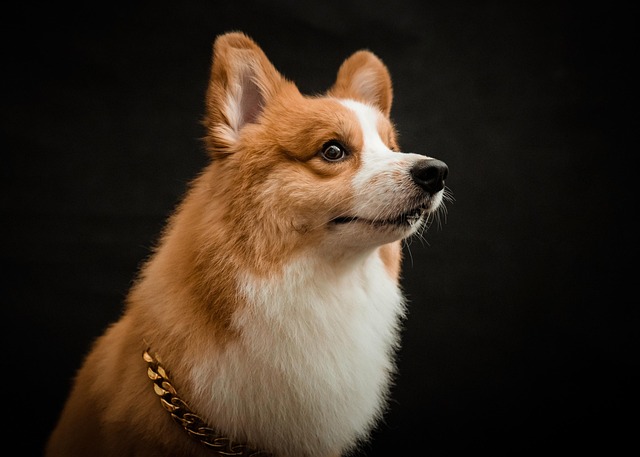
When the owner is looking forward to the dog sleeping peacefully in the airline box, but the dog whimpers, scratches, or avoids the airline box, every pet owner feels helpless and distressed.
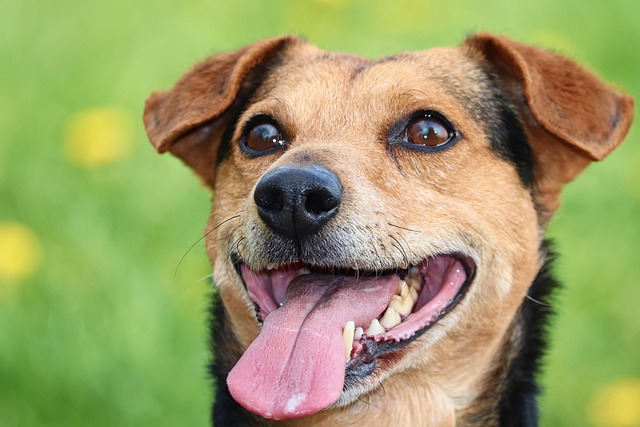
When you finish a busy day and open the door, the dog rushes towards you like a small cannonball, jumps up enthusiastically and pounces on you.
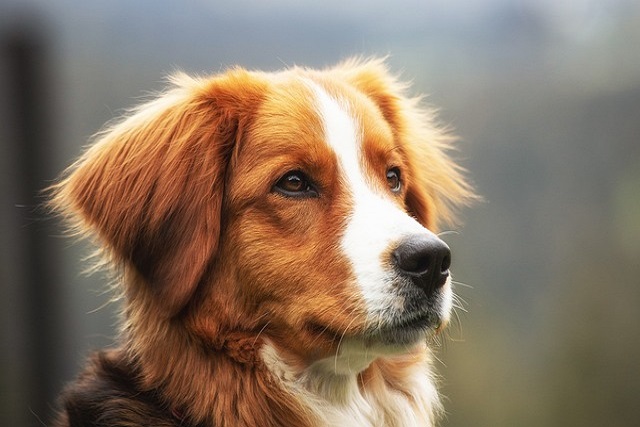
When you carefully pick up the nail clippers and approach the dog, it suddenly bares its teeth, growls, and even tries to struggle and bite you.
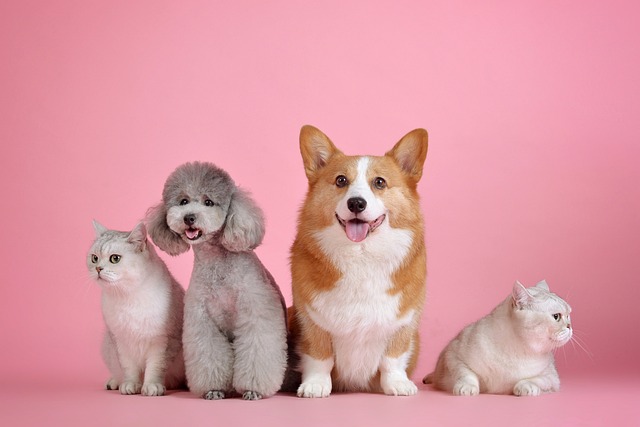
When you happily reach out to hug your dear dog, but suddenly it bares its teeth, growls, or even bites you; or when a child in the family approaches to play
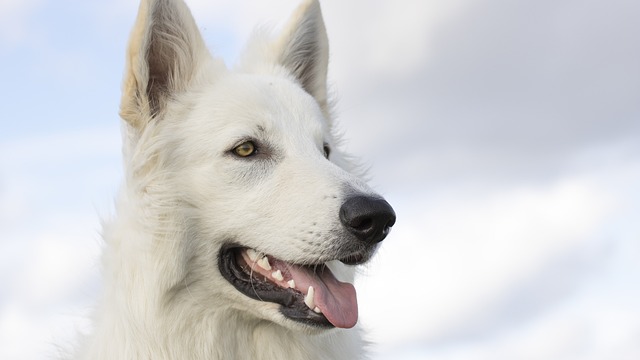
When you get up in the morning and see the "masterpiece" of the dog on the floor, or when you get home from work and are greeted by the pungent odor and the messy scene,